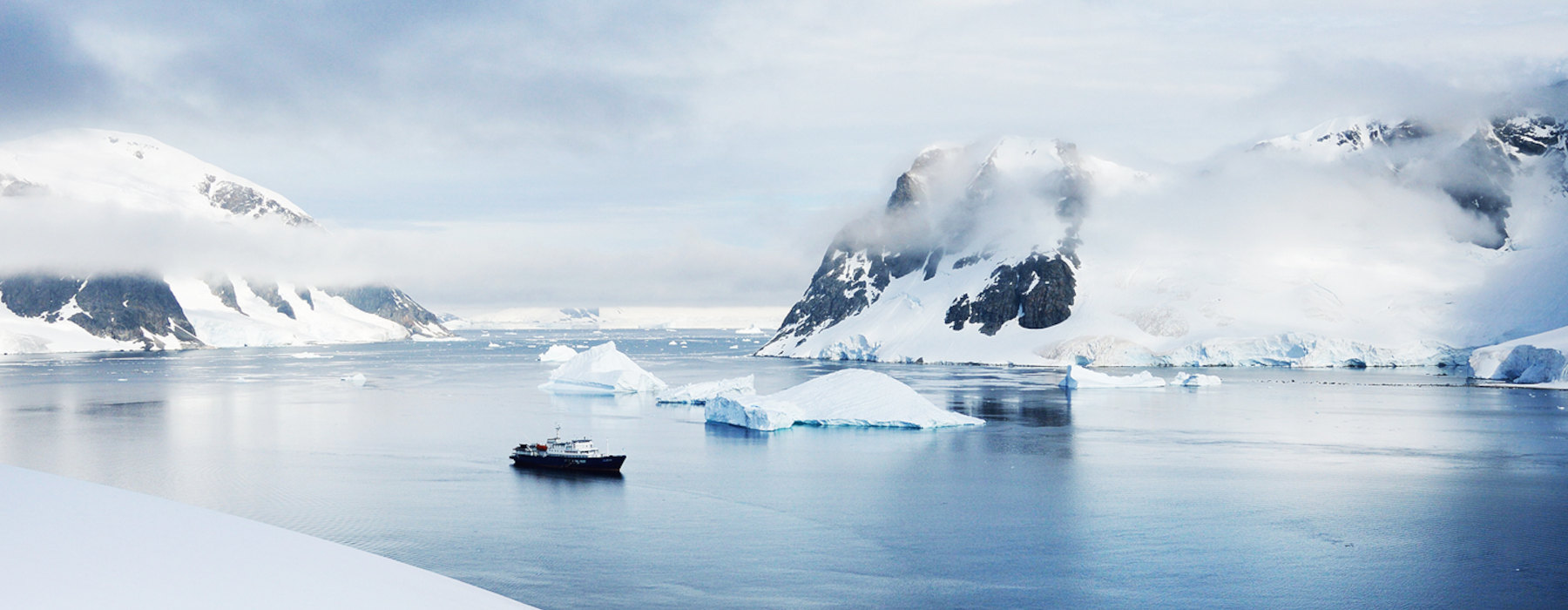January
February
March
April
May
June
July
August
September
October
November
December
Unsurprisingly, Antarctica is pretty cold all year-round, but their summer (our winter) offers the only real opportunity to visit. Within these months, the best time to visit Antarctica depends on what you want to see and do while you’re there. November to March boasts the Antarctic expedition season and is the best time to visit Antarctica, with average temperatures ranging from -10°C to -2°C. This is the only time of year to reach the continent by boat as the ice breaks up, allowing ships to pass. It is also the best time to visit if you want to see penguins and seals, as it is their breeding season and there are around 20 hours of sunshine a day.
November
This is the ultimate time of year for wildlife photographers and those who love the sheer beauty of nature. Visitors who venture to Antarctica in November are often the first to step foot on much of the continent, walking on pristine virgin snow and taking in some of the largest icebergs in the world. It is also mating season for penguins, so be sure to pack your binoculars and see if you can spot any penguin eggs nestled among feathery legs.
December to February
December in Antarctica is filled with hatching penguin chicks and seemingly endless sunshine. Keep an eye out for little penguin chicks as well as countless numbers of seals seeking suitable mates in the wintry wonderland. As the peak of Antarctic summer, January is when visitors will be treated to over 20 hours of magical daylight each day (more time for exploring). Watch penguin chicks waddle about as they learn to run away from their parents, as well as seals popping up to say hello and sunbathe in the glorious sunshine. If you fancy sailing all the way to the Polar Circle, then February’s sunny days are perfect, especially as the ice is soft enough to allow for exploring so far south. Sail past peculiarly shaped icebergs, penguin crèches and the odd whale returning to Antarctic waters.
March
March marks the end of the expedition season to the vast white wilderness. It is, however, the time of year to head to Antarctica to spot whales (anything from humpback, sperm and orca) as they feast in the waters before moving further north. With shorter days and cooler temperatures, March is less popular with tourists, making it the perfect time to watch whales without the hustle and bustle of other tourists.



